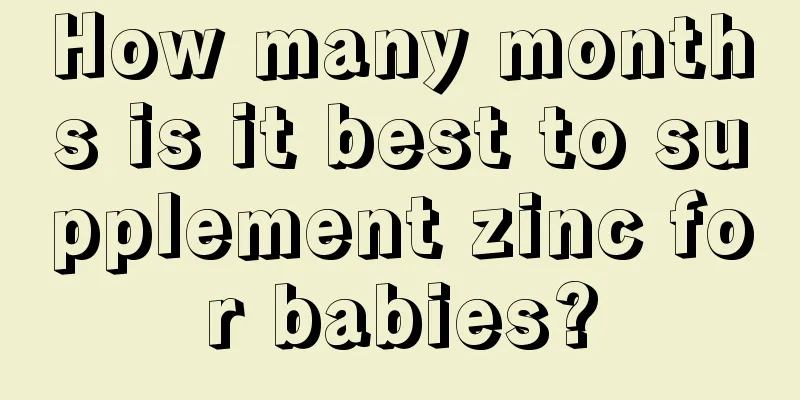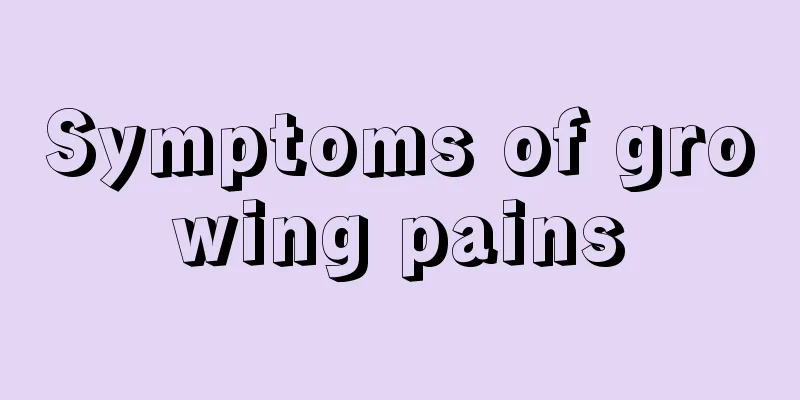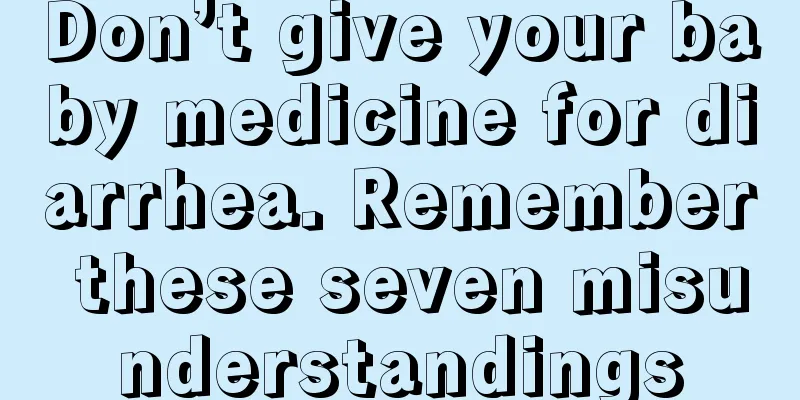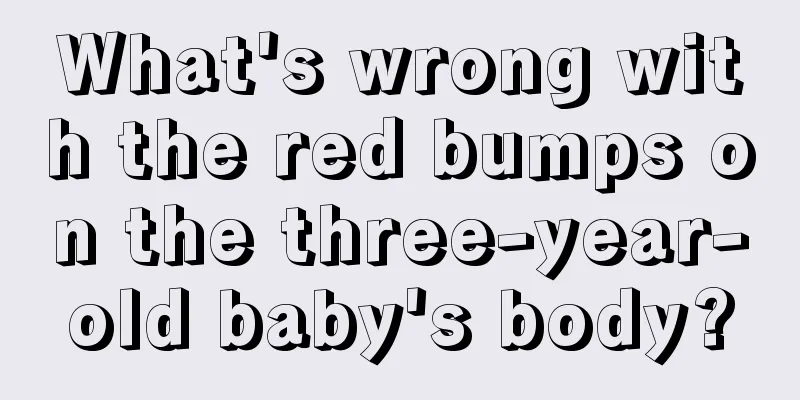Symptoms of renal hypertension in children
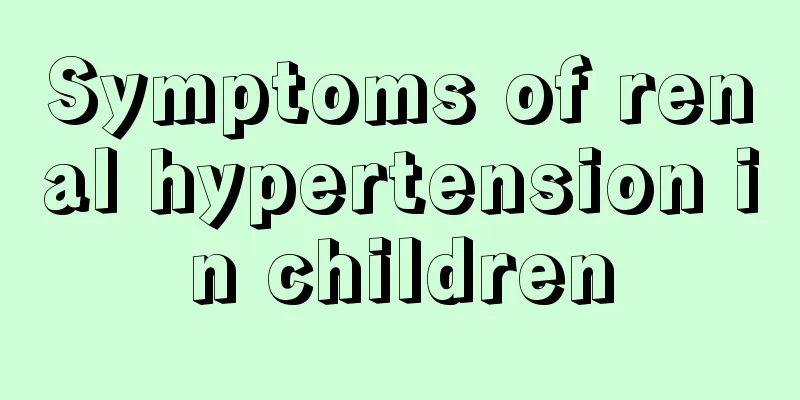
|
Many elderly people are prone to renal hypertension when they are old. Many elderly people who have suffered from this disease know that the disease brings a lot of pain and harm to the body. They all think that such a disease only happens to the elderly, but such a disease can also happen to many children. All the symptoms of children after they get sick are similar to those of the elderly. So what are the symptoms of renal hypertension in children? 1. About half of the patients may experience a continuous vasosystolic murmur or mild tremor in the upper abdomen, the affected side of the waist or back, or under the ribs. 2. Symptoms: Before the age of 30 or after the age of 50, long-term hypertension suddenly worsens or hypertension suddenly appears, with a short course and rapid progression, especially obvious increase in diastolic blood pressure, accompanied by pain in the back or ribs and abdomen, and drug treatment is ineffective. 3. Special inspections The following situations may occur individually or in combination: a. Renal angiography, showing arterial filling defects, dilation of the vascular lumen distal to the stenosis, or avascular parts; b. Intravenous pyelography shows that the affected kidney is 1.5-2.0 cm smaller than the healthy kidney, with an irregular shape, slow and light development in the early stage, and darker development in the later stage; c. Insert a catheter into the inferior vena cava through percutaneous puncture and collect blood from both renal veins for renin measurement. The renin level in the blood from the affected renal vein is higher. d. Renal function test showed that the affected kidney had low urine volume, low urine sodium, and decreased creatinine or inulin clearance rate; e. Ultrasound shows that the affected kidney is smaller. f. The renal graph shows that the vascular segment of the affected side curve is lower and delayed, and the excretion segment is prolonged. Clinical characteristics Diseases that cause renal parenchymal hypertension include: 1. Primary glomerulonephritis, such as acute nephritis, rapidly progressive nephritis, and chronic nephritis; 2. Lupus nephritis is common in secondary glomerulonephritis; 3. Polycystic kidney disease; 4. Congenital renal dysgenesis; 5. Chronic pyelonephritis; 6. Radiation nephritis; 7. Renal tuberculosis; 8. Giant hydronephrosis; 9. Kidney tumor; 10. Kidney stones; 11. Renal amyloidosis; 12. Medullary cystic disease of kidney. Almost every type of renal disease, whether unilateral or bilateral, can cause hypertension. Usually, diseases such as glomerulonephritis, lupus nephritis, polycystic kidney disease, and congenital renal dysgenesis are often accompanied by hypertension if the lesions are extensive and accompanied by vascular lesions or extensive renal ischemia. For example, diffuse proliferative nephritis often makes hypertension very common due to extensive lesions and severe renal ischemia; on the contrary, hypertension rarely occurs in minimal change or focal proliferative nephritis. Renal tuberculosis, kidney stones, renal amyloidosis, hydronephrosis, simple pyelonephritis, medullary cystic disease and other diseases that mainly manifest as tubulointerstitial damage are less likely to cause hypertension. However, once these diseases develop to the point where they affect glomerular function, hypertension often occurs. Therefore, the incidence of renal parenchymal hypertension is closely related to the functional status of the glomeruli. When glomerular function declines, blood pressure tends to rise, and the incidence of hypertension in end-stage renal failure can reach 83%. When children suffer from such diseases, we adults should not panic. If the disease is treated in time and with the most appropriate method, it can be cured. When treating children's renal hypertension, we should also arrange a reasonable diet for the child and avoid feeding the child foods with high fat content, animal offal, etc. These foods are not conducive to the treatment of the disease. The child should also exercise appropriately during the illness. |
<<: How to supplement zinc and calcium deficiency in children
>>: Treatment of renal hematuria in children
Recommend
What is the reason for a 3-year-old to stutter?
Children's growth is gradual, and they can le...
Prevention and care of children with high alkaline phosphatase
If a child has high alkaline phosphatase, it is m...
What are the treatments for respiratory infections in children?
Since children's resistance is often weak, ma...
What is duodenal obstruction in newborns?
Many babies will have some problems after they ar...
What should I do if my eight-year-old child has a fever of 39 degrees?
As a mother, it is a very common problem for chil...
Six wrong ways to eat breakfast for children
The harm of skipping breakfast to children's ...
Newborn baby is sleepy and not willing to feed
When it comes to the issue of newborn sleepiness,...
What causes children to drool?
Children always look curious with drooling mouths...
Does roseola infantum cause diarrhea?
Many children in their early childhood have very ...
Transparent blisters on the child's body
There are many reasons for transparent blisters o...
What should I do if my child hits his head?
Every baby is the apple of the mother’s eye. Moth...
What should I do if my baby has a cough and runny nose?
If your baby has a little cough and runny nose, p...
What to do if your child has poor digestion and vomits
Nowadays, many families have only one child, so a...
What are the benefits of bathing and swimming for babies?
As the name suggests, bathing and swimming means ...
Is it good for children to have red and swollen lips?
Children are so young, and generally speaking, th...
